Historical Timeline
1936
Science and math faculty total six professors in biology, chemistry, geology, mathematics and physics.
1939

The Science Building opens its doors to serve 700 students, financed by grants from the Public Works Administration and constructed by Works Progress Administration relief workers.
1942
College of Arts and Sciences established, includes all science and math courses offered.
1963
After the University of Houston becomes a state university, Ph.D. programs in chemistry and physics are approved.
1965
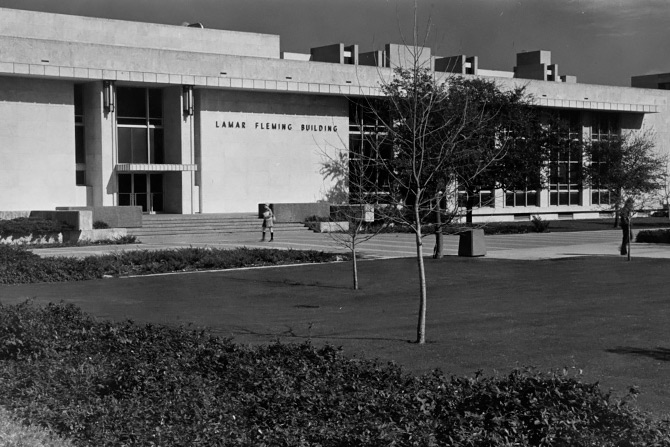
The Department of Chemistry finds a home in the new Lamar Fleming Jr. Building.
1967
UH opens one of the first computer science departments in the country.
1969
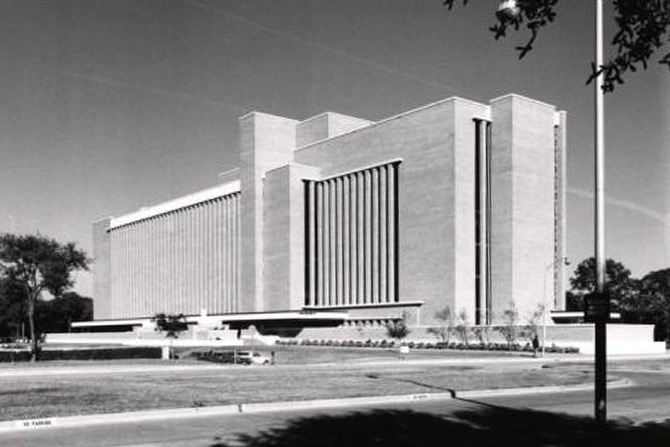
Science faculty and students occupy the new Science and Research I Building.
1974
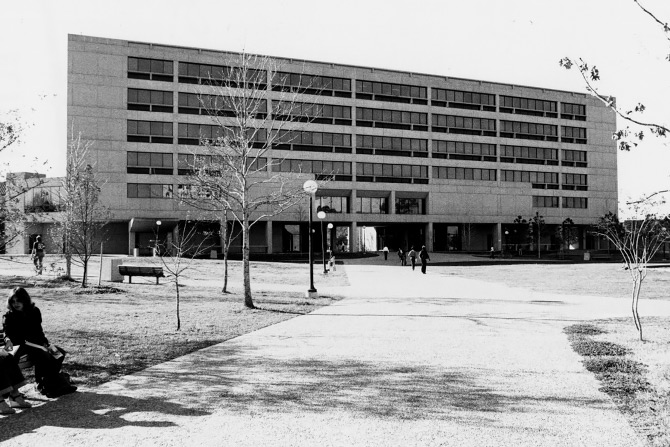
Philip Guthrie Hoffman Hall becomes home to mathematics and computer science.
1975
Formation of the College of Natural Sciences and Mathematics is approved.
1976
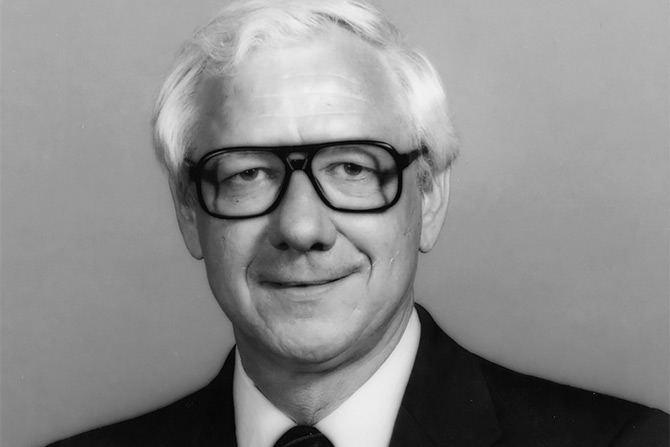
R. Hugh Walker becomes founding dean.
1977
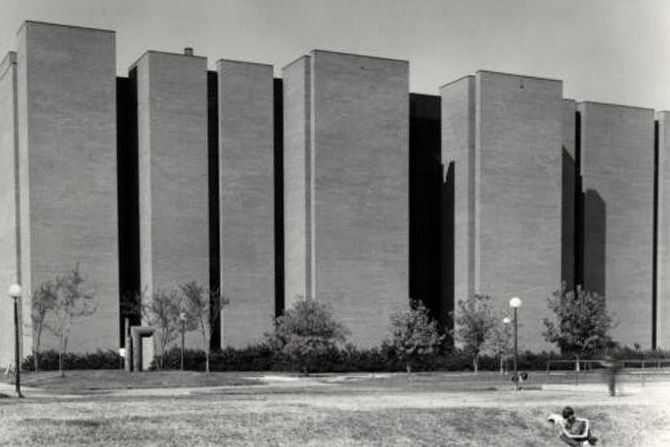
Science and Research II Building opens its doors to students and faculty in the biological sciences.
1982
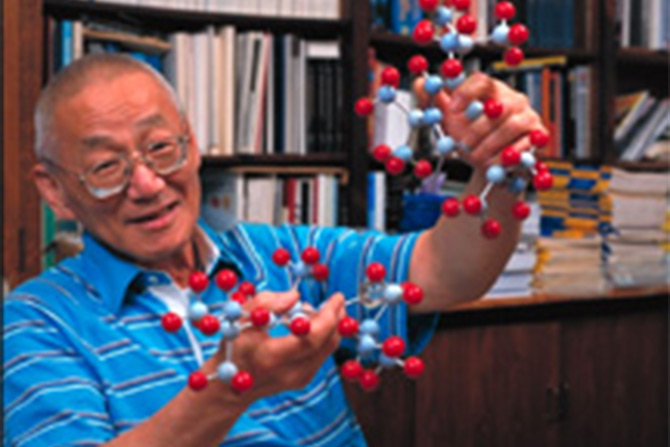
Chemist Jay Kochi is named to the National Academy of Sciences for his groundbreaking work in physical organic chemistry.
1988
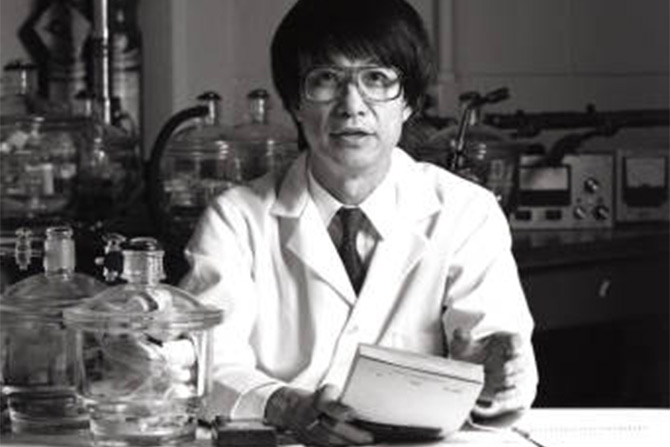
Physicist C. W. Paul Chu’s 1987 breakthrough in high temperature superconductivity leads to the creation of the Texas Center for Superconductivity (TcSUH) at UH.
1989
Dr. Chu is awarded the National Medal of Science and membership in National Academy of Sciences, among many other awards.
1991
Science magazine names UH physics department 1 of 10 most influential programs in the nation.
1991

The new Houston Science Center becomes home to TcSUH.
1992
NSM launches the Scholar Enrichment Program to help students succeed in “gatekeeper” courses like Calculus I and Chemistry I.
1994
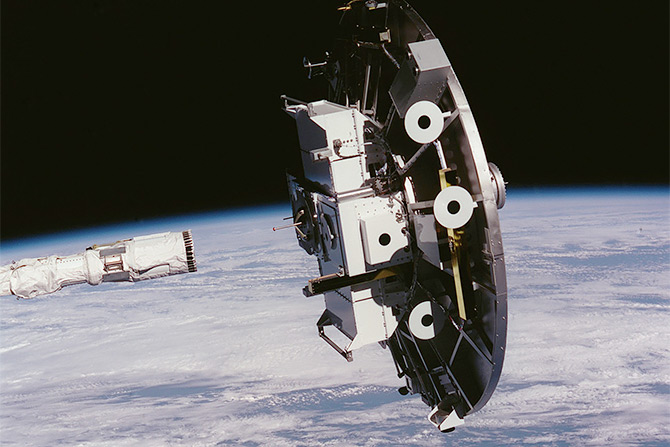
Physicist Alex Ignatiev leads the UH Space Vacuum Epitaxy Center Wake Shield Facility’s first launch aboard the Space Shuttle Discovery, the first Texas payload to fly on a shuttle.
1999
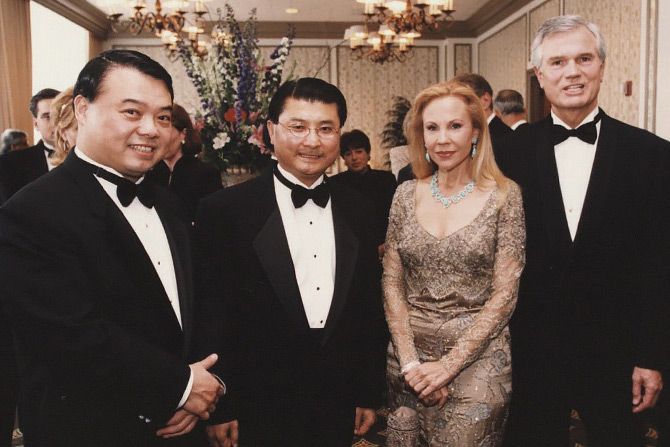
Quest for Excellence, chaired by Houston philanthropist Carolyn Farb, raises $3 million for NSM, one of the most successful fundraising events in the city’s history.
1999
With funding from the National Science Foundation, NSM heads up the Louis Stokes Alliance for Minority Participation-Houston.
2005
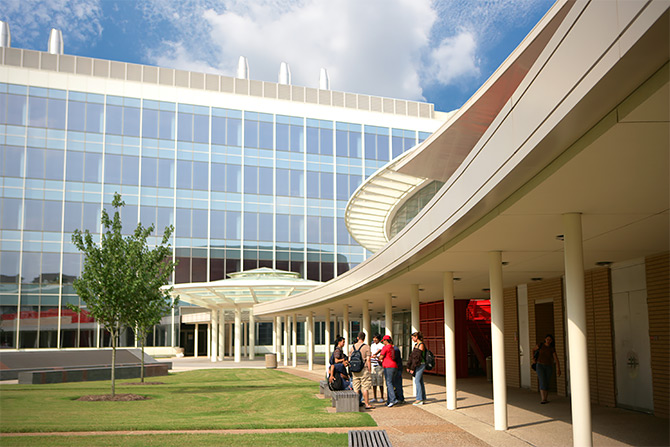
The $81 million Science and Engineering Research and Classroom Complex, designed by world-famous architect Cesar Pelli, is dedicated to collaborative biomedical research among UH scientists and engineers and the Texas Medical Center.
2007
teachHOUSTON program starts with 14 students.
2009
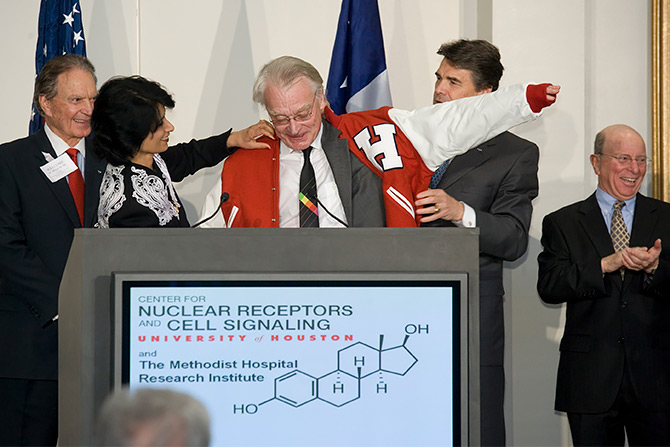
Jan-Åke Gustafsson, M.D., Ph.D., world-renowned cancer researcher and member of the National Academy of Sciences, launches the Center for Nuclear Receptors and Cell Signaling.
2009
NSM research funding tops $36 million.
First teachHOUSTON graduates enter the teaching profession.
2012
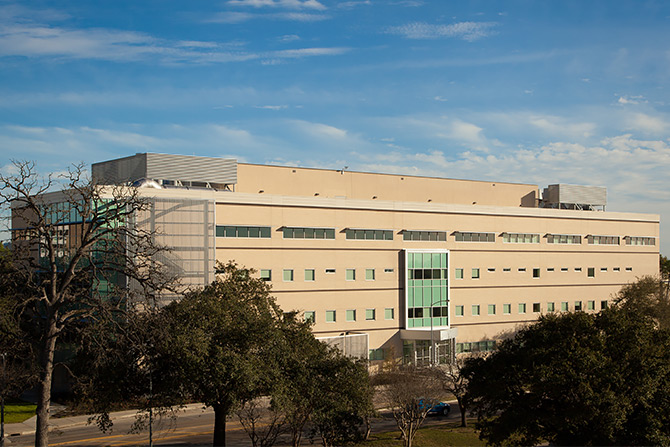
The Science Teaching Laboratory Building opens, housing undergraduate biology and chemistry teaching labs on the first three floors, and research labs on the fourth floor.
2013
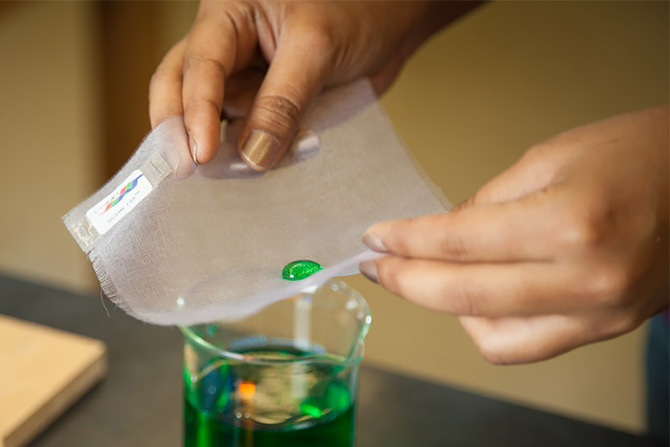
C-Voltaics, UH’s first nanotech company, launches. Led by physicist Seamus Curran, the company (now called Integricote) produces self-cleaning hydrophobic nano-coatings designed to protect fabric, wood, glass and a variety of other products from water, stains, dust and other environmental hazards.
2014
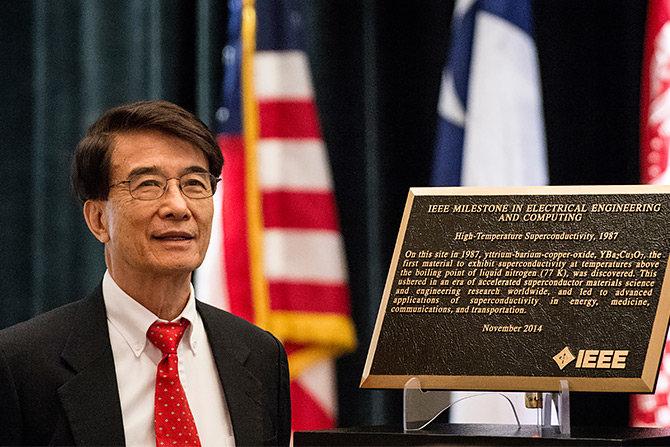
Institute of Electrical and Electronics Engineers (IEEE) Milestone Award in Electrical Engineering and Computing awarded to UH as the site of the discovery of high temperature superconductivity above 77 K. The discovery occurred in a lab on the 4th floor of the Science and Research Building 1 in 1987.
2015
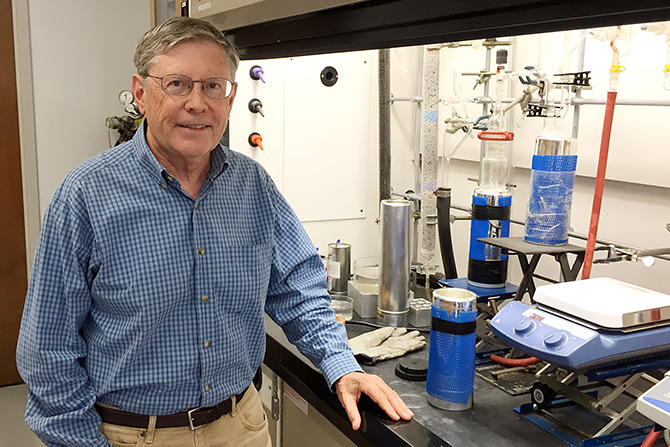
National Academy of Sciences member, Maurice Brookhart, joins NSM as a professor of chemistry.
2016

National Academy of Sciences member, John Suppe, joins NSM as a distinguished professor of earth and atmospheric sciences.
2017
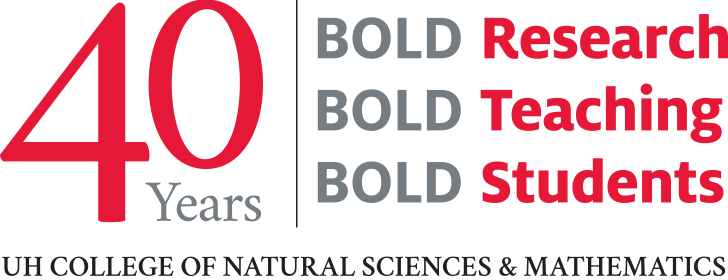
NSM celebrates its 40th Anniversary with a gala recognizing 12 inaugural Distinguished Alumni Award recipients and Carolyn Farb with the Legacy Award.
2017
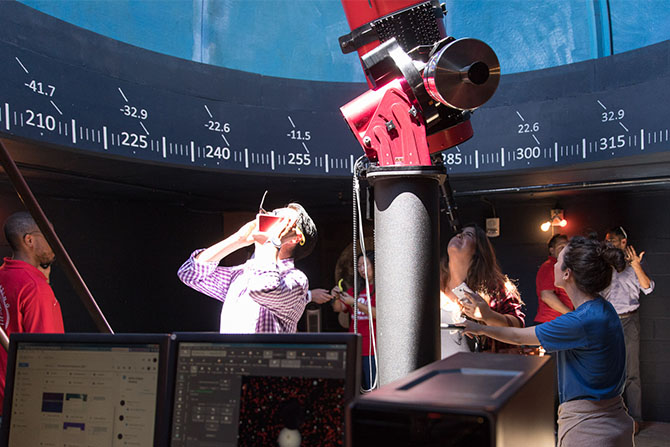
Observatory renovation project is spearheaded by the Astronomy Society of UH. In August, nearly 1,800 people toured the Observatory to view the partial solar eclipse through the big telescope.
2020

New greenhouse completed in front of Science & Research 1 Building. The greenhouse is home to NSM’s Horticulture Society.
2021
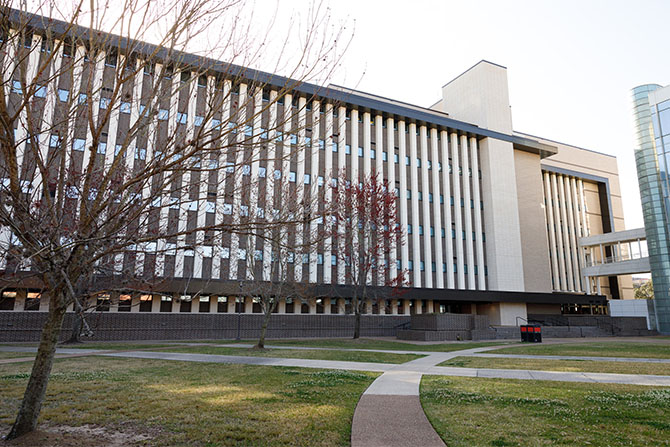
Science & Research 1 Building façade replacement completed.
2022

Leon Thomsen, research professor of exploration geophysics in the Department of Earth & Atmospheric Sciences, is elected to the National Academy of Engineering.